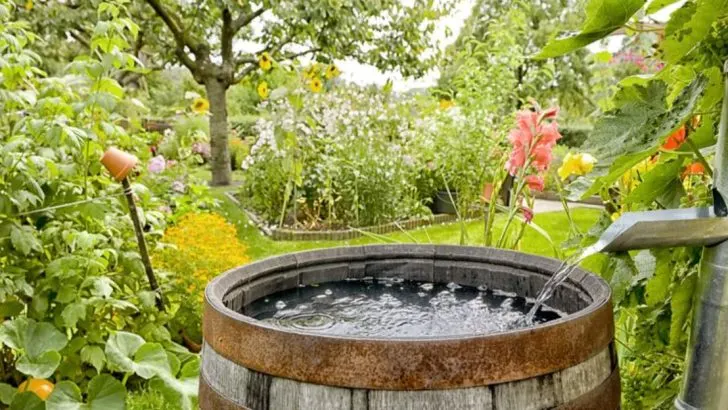A thriving garden doesn’t have to drain your water bill or exhaust your soil. Sustainable gardening works with nature—not against it. With the right techniques, you can grow healthy plants while saving water, enriching the soil, and reducing waste.
Forget wasteful watering and chemical-heavy solutions. Mulching, composting, and smart planting choices can keep your garden lush with less effort. Even small changes—like collecting rainwater or switching to drought-tolerant plants—can make a big impact.
The best part? A sustainable garden practically takes care of itself. Less watering, fewer pests, healthier soil—it’s a win for you and the environment.
Here are 14 sustainable gardening techniques that help you save water, protect resources, and keep your garden thriving.
Rainwater Harvesting
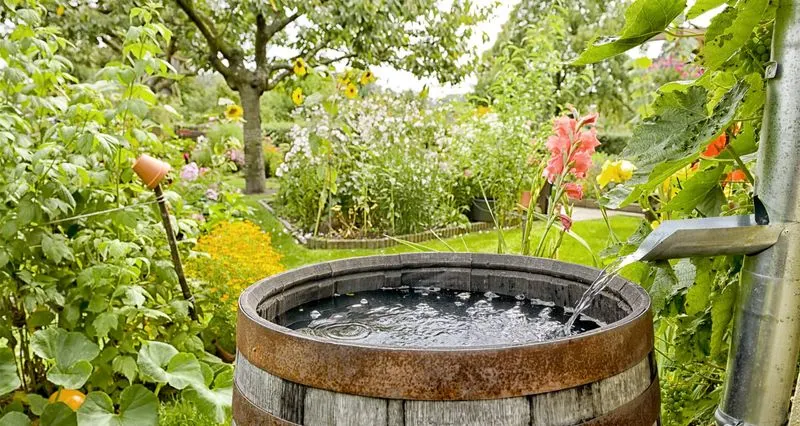
Collecting rainwater is a practical way to conserve water resources. Install barrels under downspouts to capture runoff from roofs.
This stored rainwater can be used for irrigation during dry spells. Position these barrels near vegetable patches or flower beds for easy access.
By using rainwater instead of tap water, you minimize your environmental footprint and reduce water bills. This technique is especially advantageous in areas with unpredictable rainfall.
Local regulations may govern rainwater collection, so it’s essential to check compliance. Ensuring your system is mosquito-proof is another crucial consideration.
Drip Irrigation
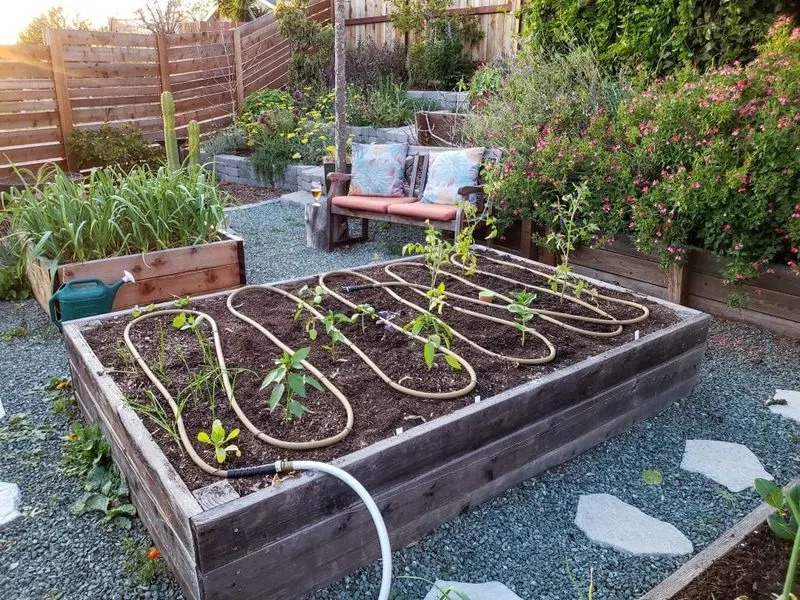
Drip irrigation stands out for its precision in watering plants. It targets the root zone, minimizing water wastage.
This method ensures that water seeps slowly into the soil, reducing evaporation. Setting up a drip system might seem costly initially, but the long-term savings are significant.
It’s ideal for vegetable gardens and flower beds where water conservation is a priority. Adjusting the system according to seasonal needs enhances efficiency.
Regular maintenance checks prevent clogs and leaks, ensuring longevity and functionality. This investment supports sustainable gardening by optimizing water usage.
Xeriscaping
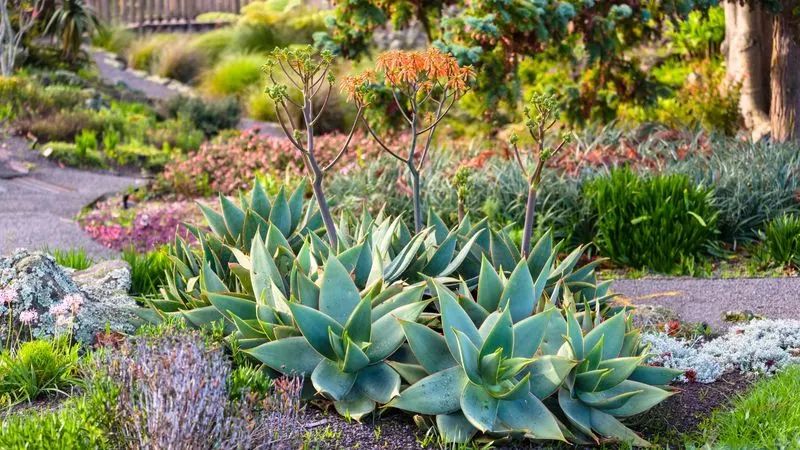
Xeriscaping embraces plants that thrive with minimal water. This landscaping style reduces dependency on irrigation.
Incorporate native species as they’re adapted to local climates. These plants often require less maintenance and are more resilient.
By using mulch, you further conserve soil moisture. Designing a xeriscape garden involves thoughtful selection of plants and materials.
Rocks and gravel can add aesthetic appeal while assisting with drainage. This method not only saves water but also creates a diverse, vibrant landscape.
Xeriscaping is particularly effective in regions prone to drought conditions.
Mulching
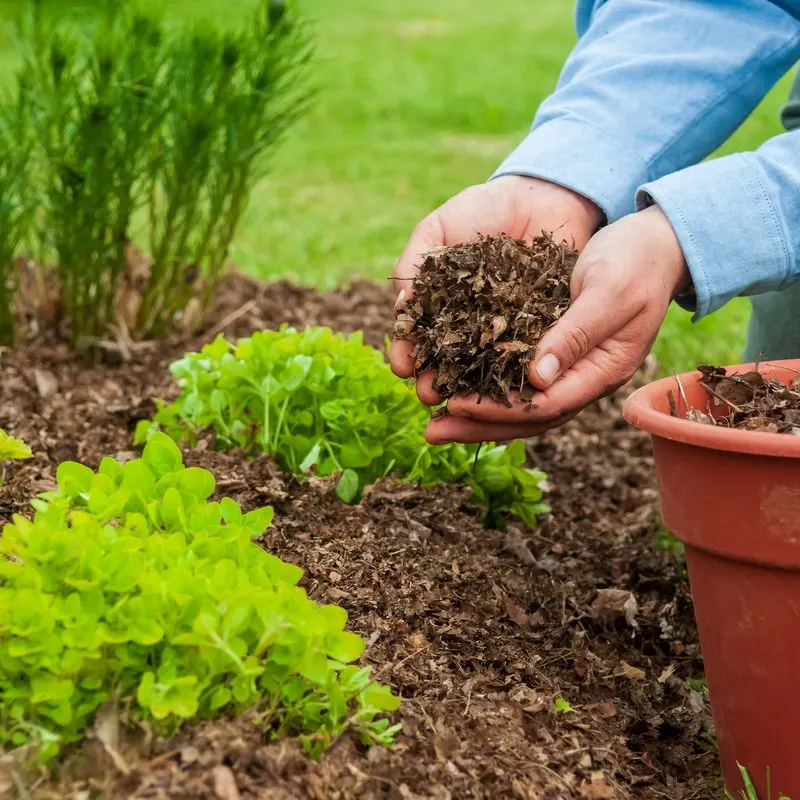
Applying mulch conserves moisture and suppresses weeds. Organic mulches like straw or wood chips enrich the soil as they decompose.
This layer moderates soil temperature, protecting roots during extreme weather. Mulch retains moisture by reducing evaporation.
Covering garden beds with mulch reduces the frequency of watering. It also prevents soil erosion and compaction.
Mulching is an eco-friendly practice that supports soil health and plant growth. Regularly replenish mulch to maintain its benefits.
This simple technique is effective for vegetable gardens and ornamental landscapes alike.
Composting
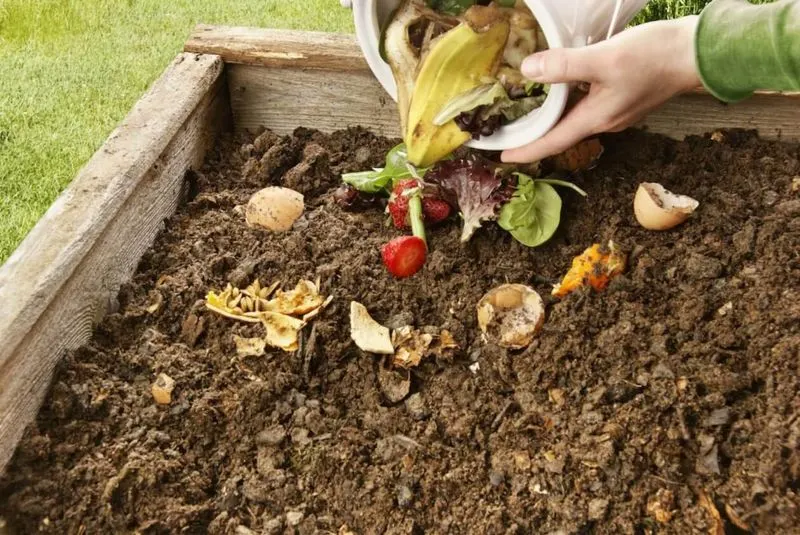
Composting transforms organic waste into nutrient-rich soil. This process reduces landfill waste and enhances garden health.
Kitchen scraps and yard waste can be composted together. The result is a natural fertilizer that enriches soil without chemicals.
Using compost improves soil structure, aeration, and water retention. It’s a sustainable way to recycle organic materials.
Composting also encourages beneficial microorganisms essential for soil health. Regularly turning the compost pile speeds up decomposition.
Hugelkultur Beds
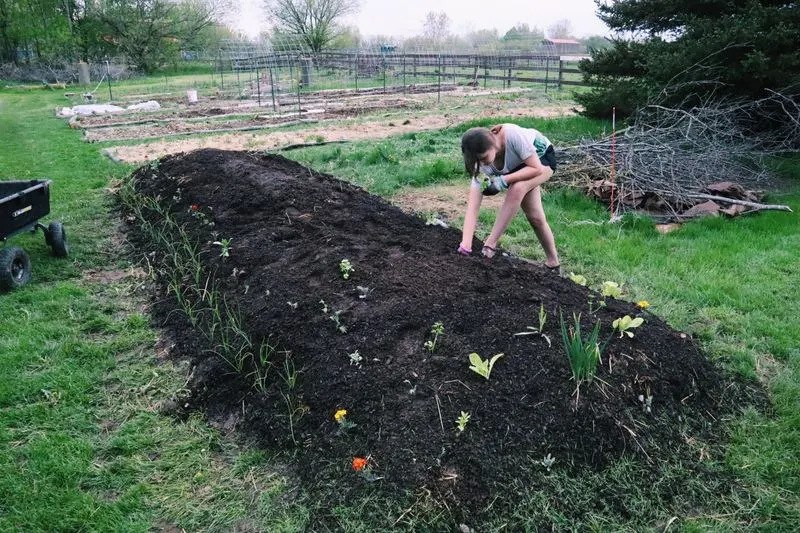
Embrace the power of decomposition in your garden with hugelkultur. This age-old technique involves creating raised garden beds filled with decaying wood and organic material. The layers break down over time, releasing nutrients and retaining moisture.
These beds act like sponges, reducing the need for frequent watering and fostering a rich growing environment. Hugelkultur beds are perfect for areas with poor soil, transforming them into fertile land.
Try this sustainable method to enhance your garden’s productivity and reduce water usage significantly. It’s an exciting way to recycle natural waste.
Bottle Garden Irrigation
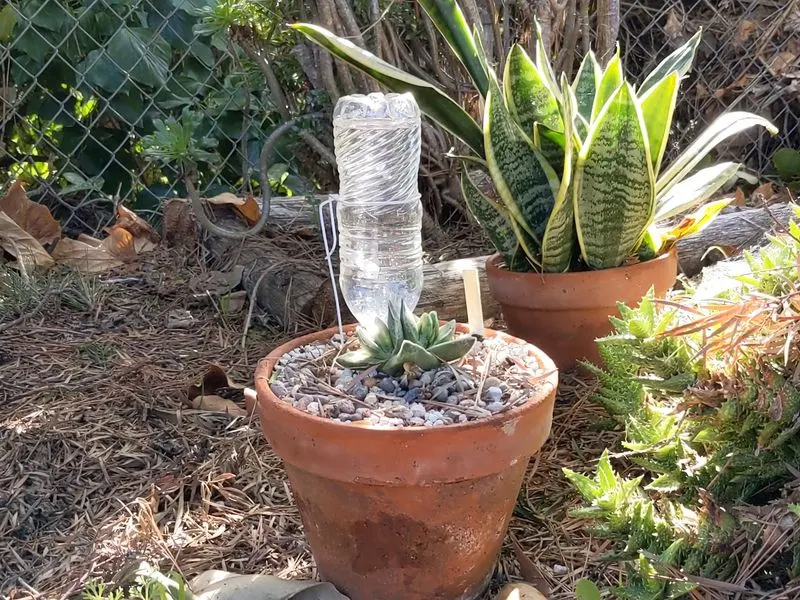
Transform discarded plastic bottles into ingenious irrigation devices for your garden. This DIY technique involves piercing small holes in the bottle and burying it near plant roots. Fill the bottle with water, and it will slowly release moisture directly to the roots, minimizing water waste.
It’s a fantastic way to recycle plastic and ensure plants receive consistent hydration. Perfect for busy gardeners or those in hot climates, bottle irrigation is both resourceful and effective.
Engage family members, especially kids, in this creative project. The environment benefits, and your garden thrives with minimal effort.
Wicking Beds
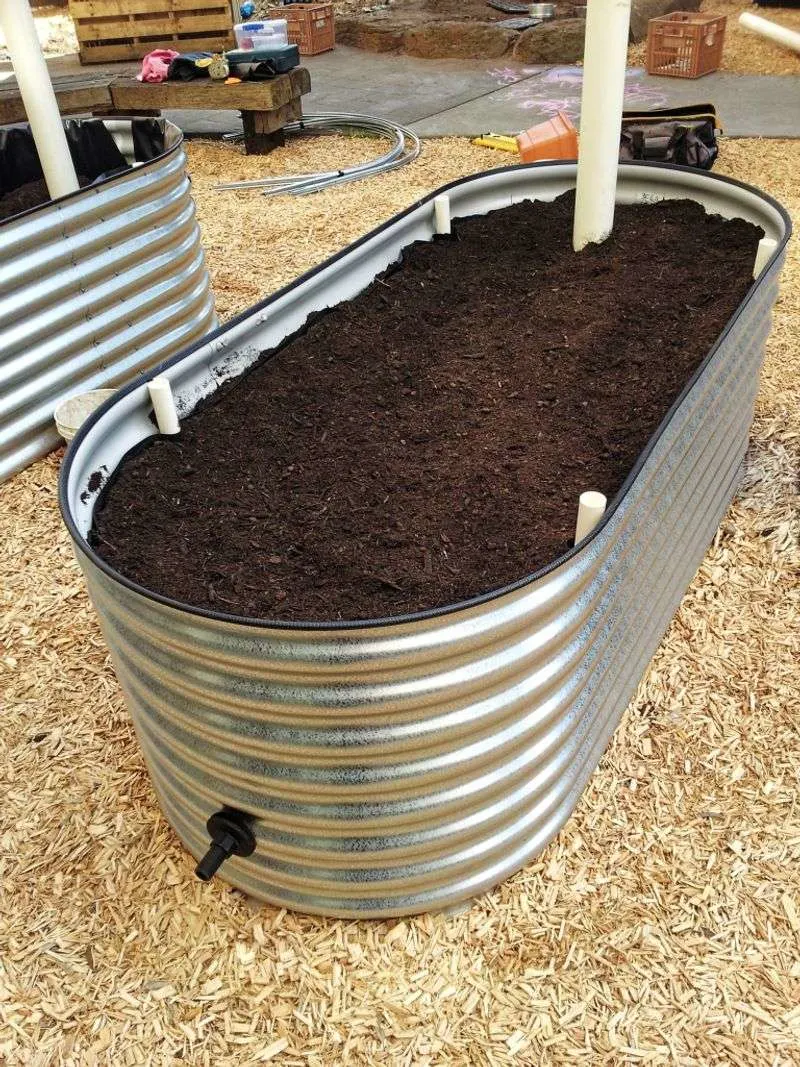
Discover the wonders of wicking beds for water-efficient gardening. These innovative beds use a reservoir system to draw water upwards, keeping the soil consistently moist. Constructed with a water reservoir at the base and topped with soil, wicking beds reduce evaporation and promote healthy root growth.
Ideal for areas with water restrictions, they allow you to manage water usage effectively. Enjoy the convenience of less frequent watering while maintaining vibrant plant growth.
Wicking beds are perfect for vegetable gardens and can be customized to fit any space. Experience sustainable gardening with this clever method.
Greywater Recycling
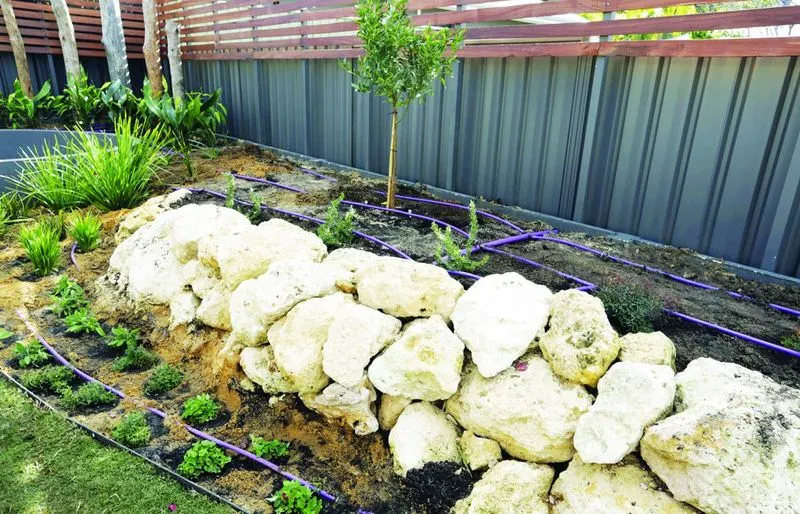
Make the most of your household water with greywater recycling. This system repurposes water from sinks, showers, and washing machines to hydrate your garden. By redirecting this water, you lessen the demand on freshwater resources while keeping your plants refreshed.
Ensure the water is suitable for plants by using biodegradable soaps and cleaners. Greywater systems can be as simple or complex as needed, tailored to fit various garden sizes.
It’s a smart way to conserve water and support sustainability. Your garden stays lush without tapping into fresh water supplies excessively.
Hydroponic Towers
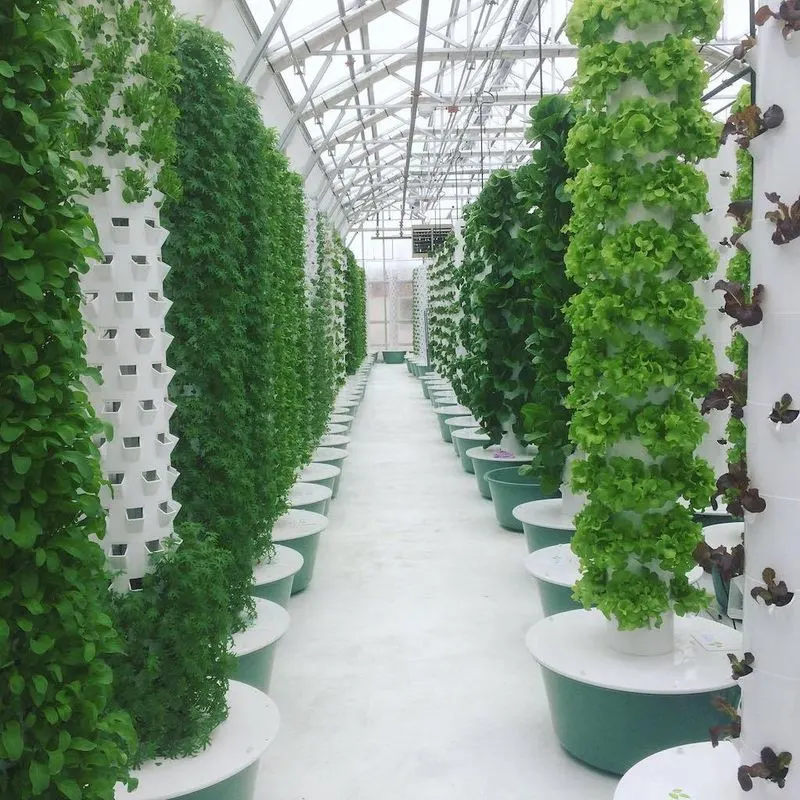
Elevate your gardening game with hydroponic towers, a space-saving and water-efficient system. These vertical structures allow you to grow plants without soil, using a nutrient-rich water solution instead. Perfect for urban settings, hydroponic towers maximize space and minimize water usage.
Plants grow faster and healthier due to the controlled environment, requiring less water compared to traditional gardening. Experiment with different crops, from herbs to leafy greens, and enjoy the benefits of this innovative technique.
Hydroponic towers are a modern twist on sustainable gardening, ideal for those with limited space.
Polyculture Planting
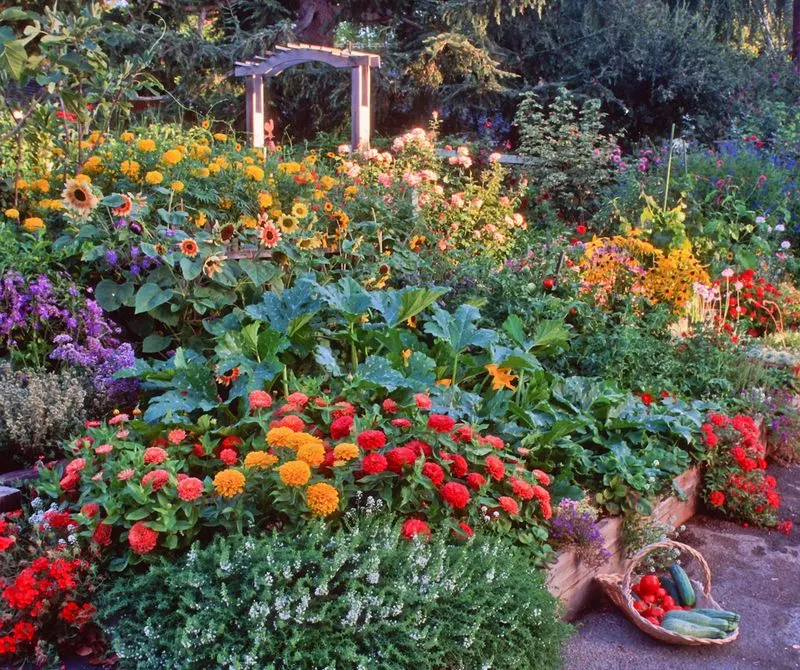
Revitalize your garden with polyculture planting, a method that mimics natural ecosystems. By growing a diverse range of plants together, you create a resilient garden that requires fewer resources. This technique encourages beneficial interactions between plants, enhancing growth and reducing pest issues.
Polyculture promotes biodiversity, supports soil health, and minimizes the need for chemical inputs. Enjoy a beautiful and productive garden that thrives with less water and maintenance.
This sustainable approach is perfect for gardeners seeking to harmonize with nature while optimizing their green spaces.
Biochar Enrichment
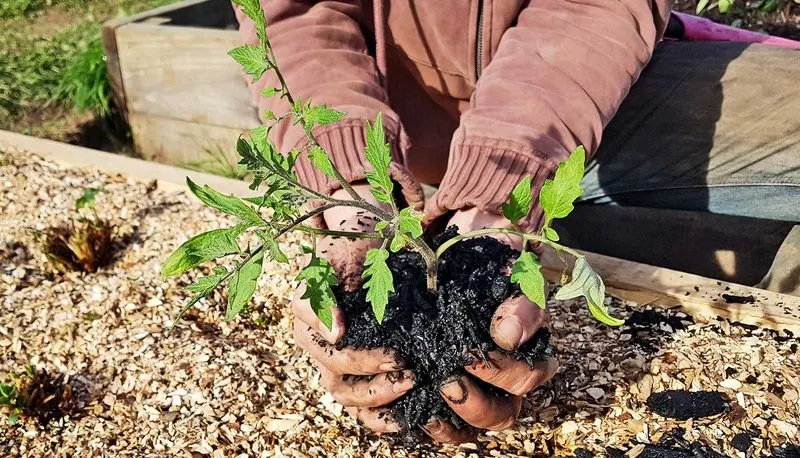
Enhance your soil’s fertility with the power of biochar. Made from organic waste through pyrolysis, biochar is a charcoal-like substance that improves soil structure and retains moisture. Adding it to your garden enriches the soil, promoting healthy plant growth.
Biochar’s porous nature helps retain water and nutrients, reducing the need for frequent watering. It’s an excellent way to utilize organic waste and improve soil productivity sustainably.
Incorporate biochar into your gardening routine for long-term benefits and a more resilient garden ecosystem.
Natural Pest Deterrents
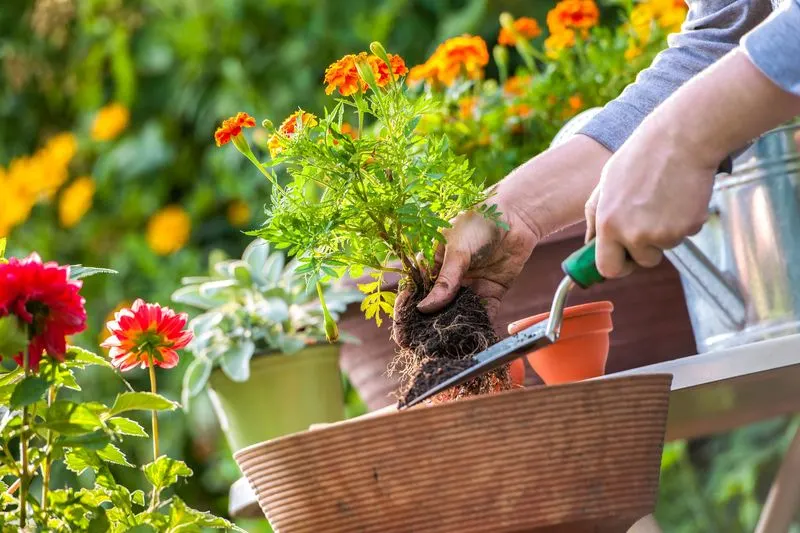
Embrace nature’s solutions for pest control with natural pest deterrents. By incorporating pest-repelling plants like marigolds, basil, and lavender, you can protect your garden without harsh chemicals. These plants deter common pests while attracting beneficial insects like ladybugs and bees.
Utilize companion planting and encourage biodiversity to maintain a healthy balance in your garden. This approach reduces reliance on synthetic pesticides, preserving both the ecosystem and your crops.
Natural pest deterrents are an eco-friendly solution for gardeners aiming for sustainability and harmony with nature.
Solar-Powered Water Features
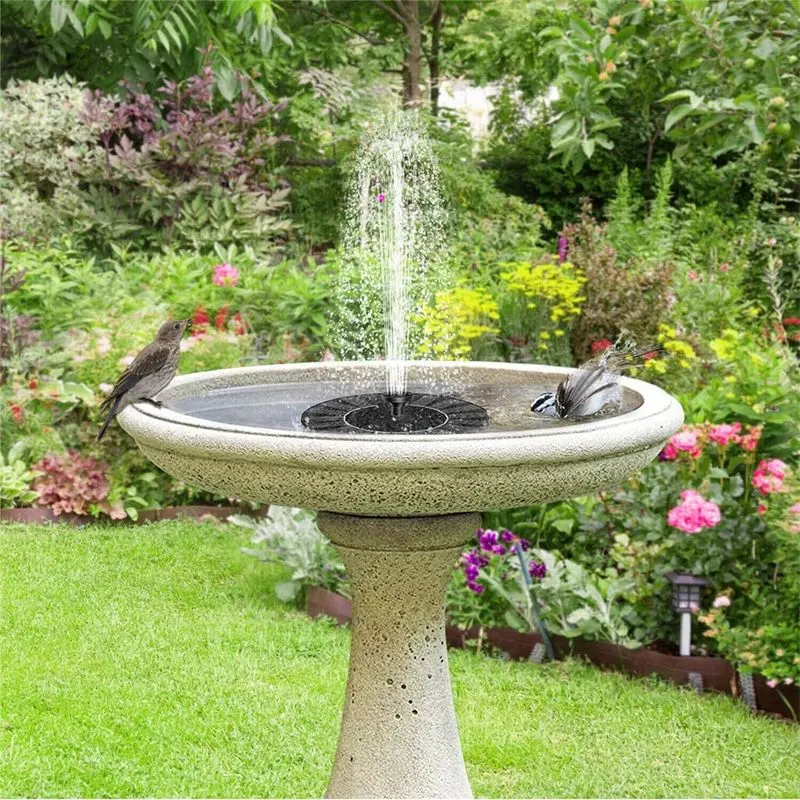
Introduce elegance and sustainability to your garden with solar-powered water features. These eco-friendly systems utilize solar energy to power fountains, pumps, and waterfalls, adding beauty while conserving resources.
Solar-powered water features provide oxygenation to ponds and water gardens, supporting aquatic life. They’re an excellent alternative to traditional electric solutions, reducing your carbon footprint.
Enjoy the soothing sounds of flowing water and the aesthetic appeal it brings to your space. Solar-powered systems are ideal for environmentally-conscious gardeners seeking beauty and sustainability.

